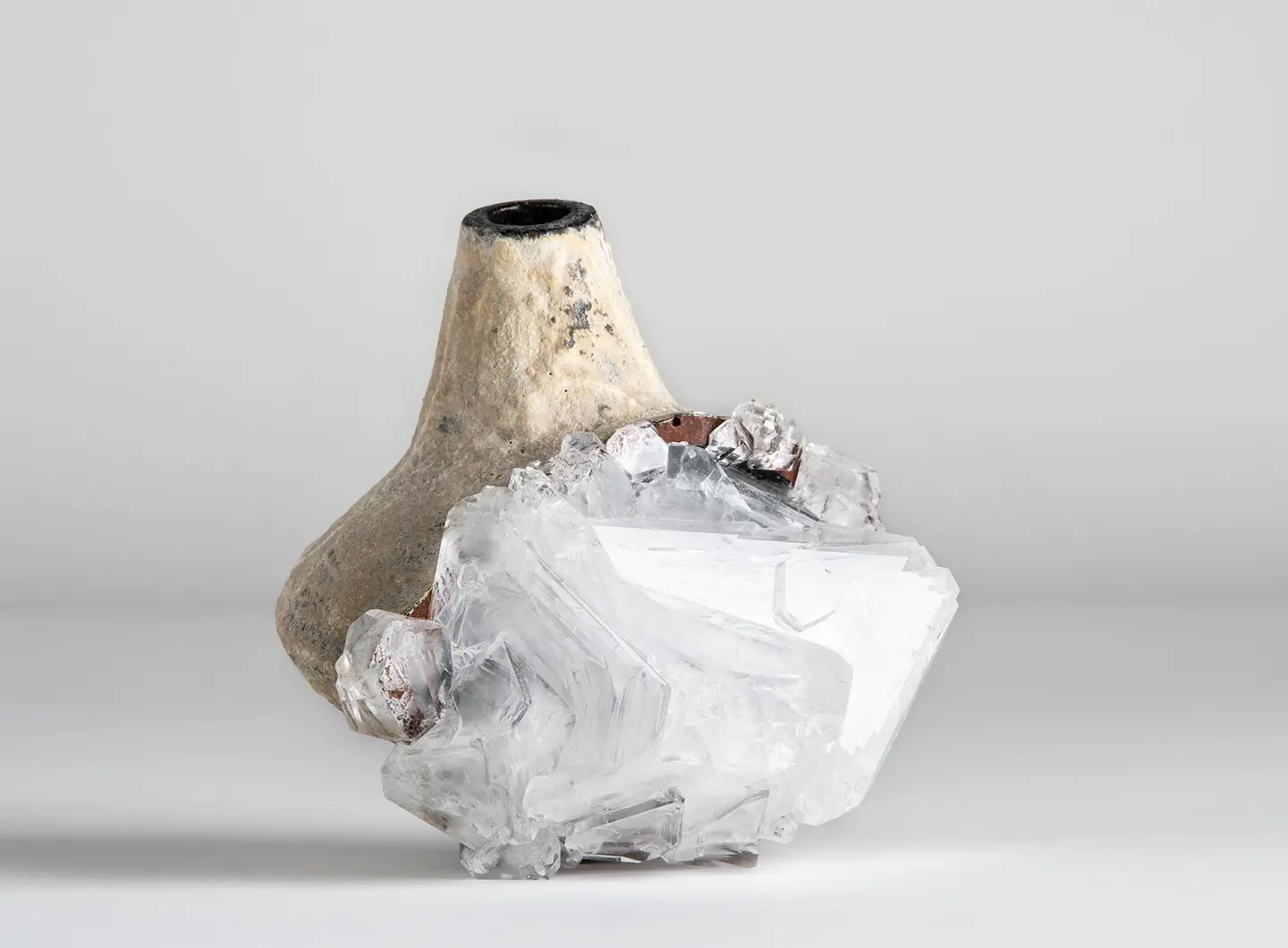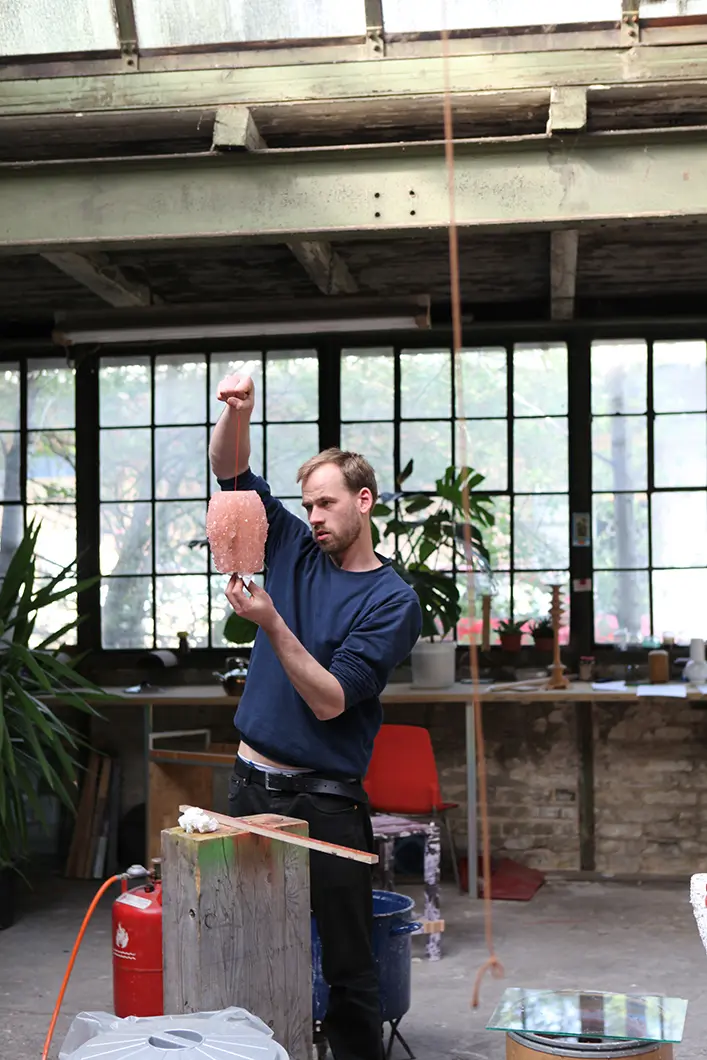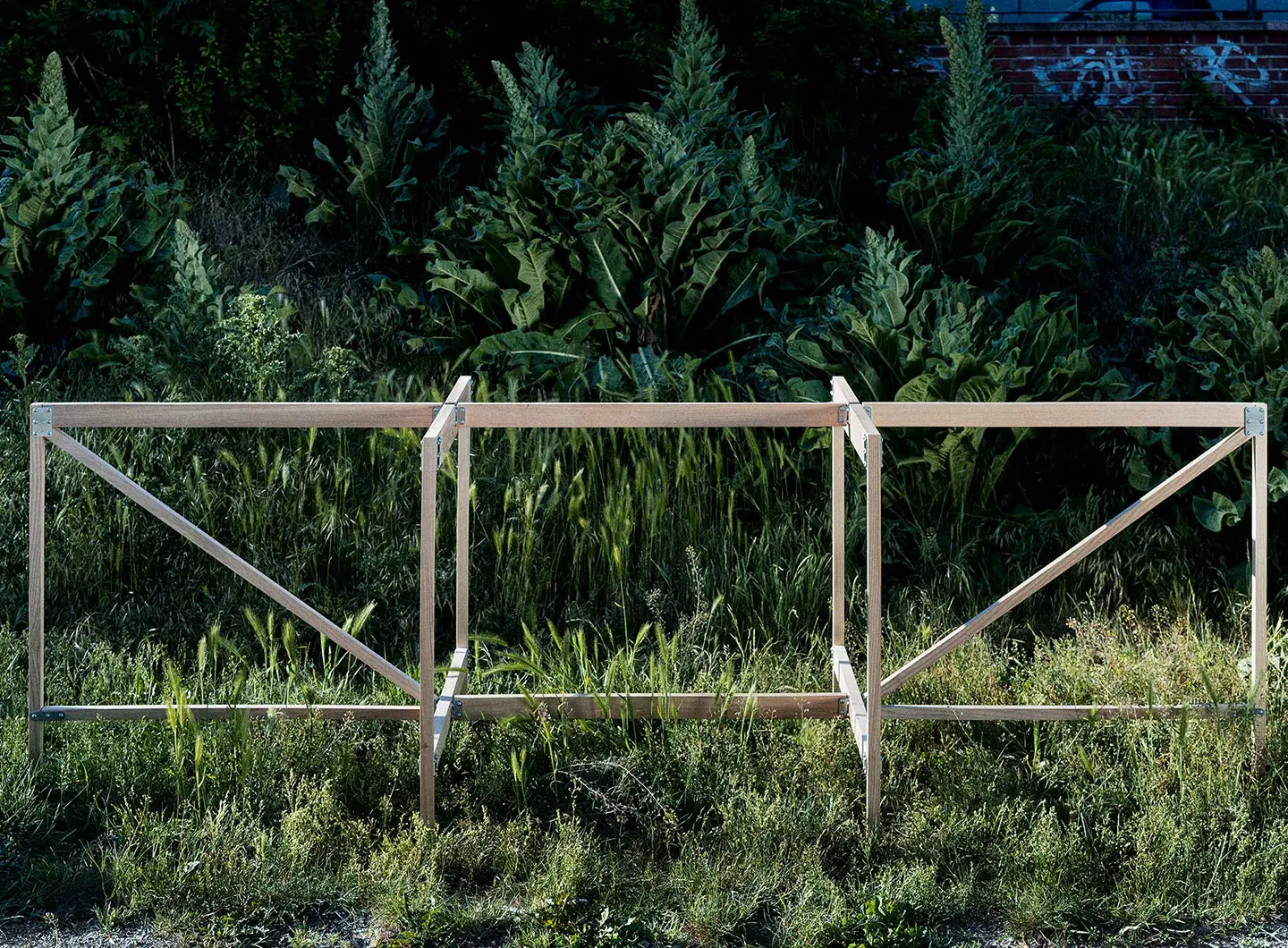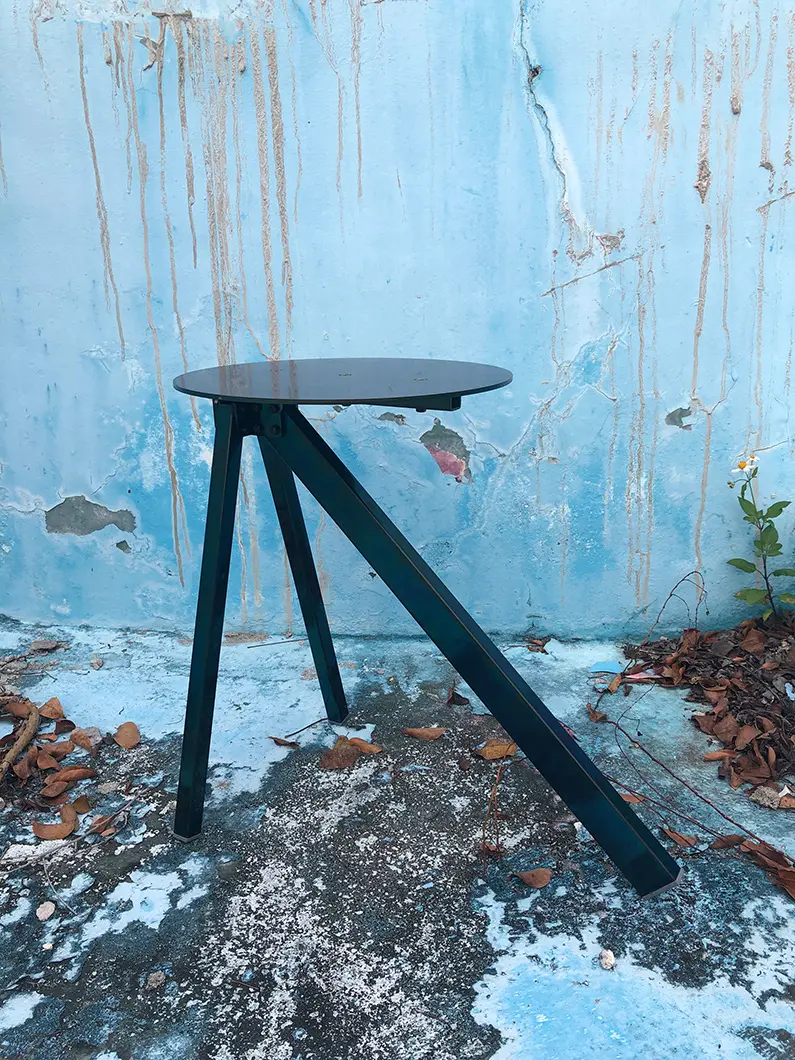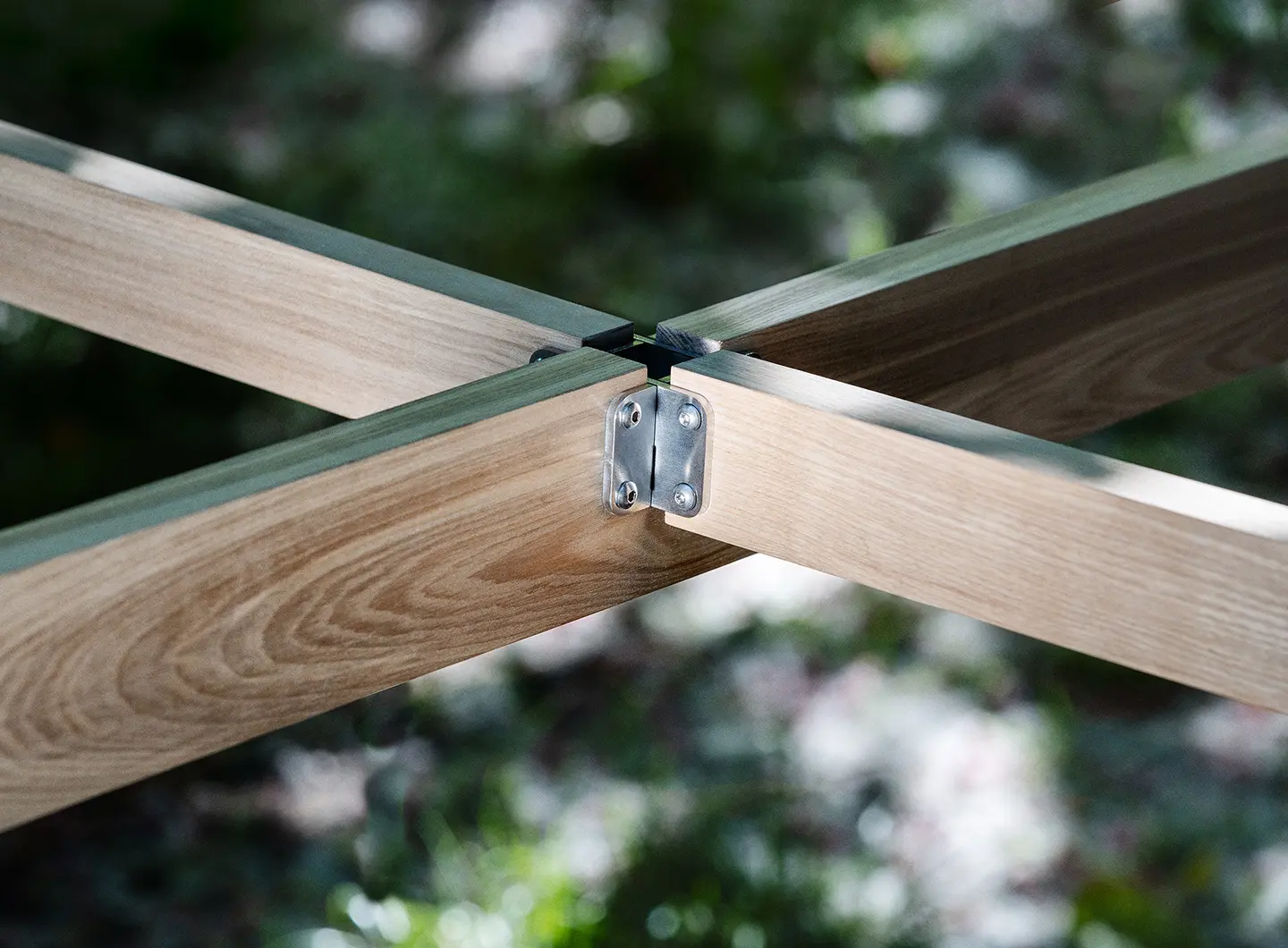From BIG to David Chipperfield, Frank Gehry to Snøhetta: a world tour of the best buildings set to open in 2026
Lukas Wegwerth talks about his green strategy for supersalone
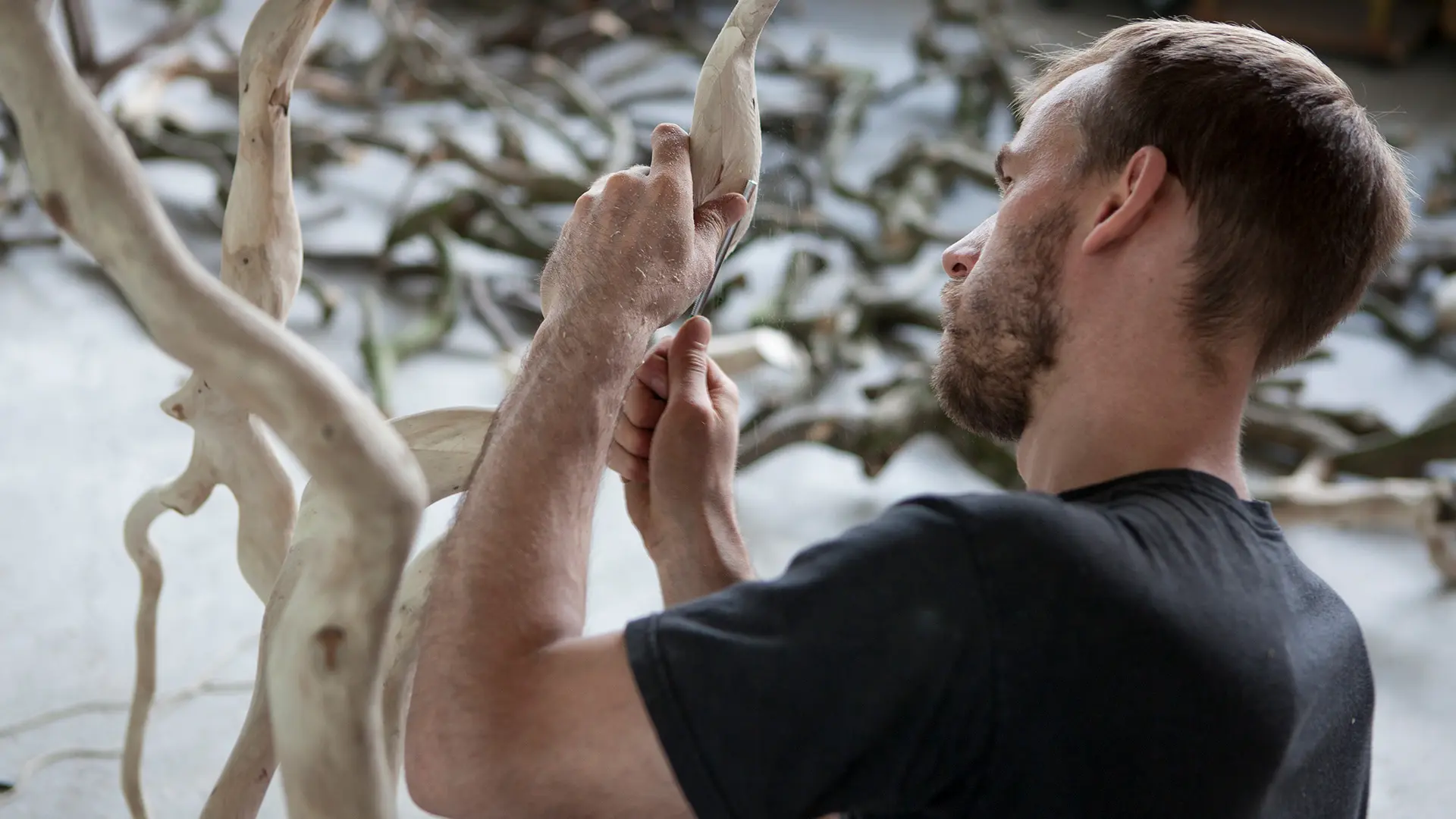
Blankenau, Ph. credit Studio Lukas Wegwerth
Berlin based designer speaks to us about circularity, his relationship with nature, the value of repairing, open systems, local production, thinking rationally, freedom and the rare and beautiful idea of emotional durability.
Lukas Wegwerth is in charge of the production of the installations for the supersalone. His sustainable approach to design in which reusing is key was perfect for the task.
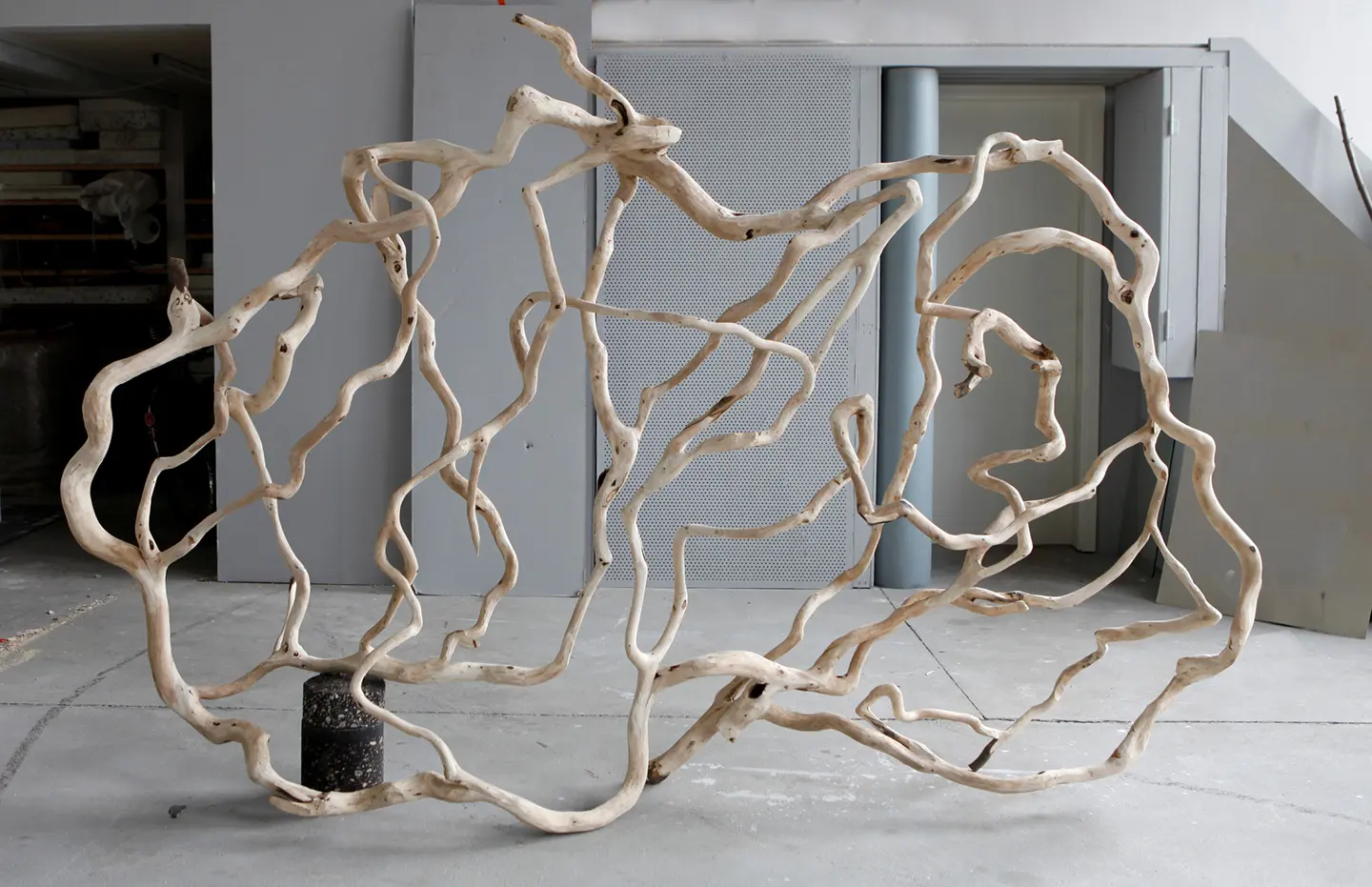
Blankenau, Ph. credit Studio Lukas Wegwerth
To me, Berlin was and still is a place of temporality. Things appear and disappear in a fast pace and very often, they evolve in independent, bottom up projects. Many of those have quite a positive impact on the community life. Berlin is an interesting testing ground in that sense.
I am not trying to express a contradiction in the first place. I rather believe that we need to widen our idea of how to “collaborate with“ or integrate nature into our processes of making. By working with tree forks, I am bypassing the classic value chain of a piece of wood: it is harvested with heavy machinery, transported to a sawmill, processed and dried with heat, shipped to wholesale and distributed to workshops.
In contrast to that, I cut only some forks that seem curious to me and the tree keeps growing. We work with the shapes the tree has created— and in that sense, the project is less about contradictions or juxtapositions, but rather about seeking ways to integrate the natural into my way of working. This requires a certain openness towards the specialities each tree has and to create a piece based on these characteristics.
When we start working on a piece, we have a very loose idea of what we want to build. In the process of joint making, more and more potential outcomes become visible and we follow along these routes.
I don’t want to project shapes onto a material that do not relate to its characteristics— this is the case for a tree fork as much as it is for a rolled steel pipe.
Both projects share a similar approach: I am observing how materials grow rather than shaping them the way I want.
In the Crystallization series the notion of “repairing“ plays a role, too. I like used and repaired objects a lot— I think there is a lot of value in the stories they tell us about us, who used them and their purpose.
Cracks are usually perceived as devaluing and a repair cannot bring back the original value. I wanted to embrace the idea of repair and experiment with it in such a way that the “after“ is not necessarily trying to repeat the before. In this sense the cracks become a potential and the act of repairing turns into a way forward, a free moment for the unexpected, a new shape.
The Three+1 system originated from thoughts on life cycles, reuse and modularity and concepts of collaboration. It was the moment when steel laser production became accessible and this got me interested in creating a connector that could potentially be produced anywhere by anyone who wants to work with it. In this sense the connector can become a basis for exchange, metaphorically and quite literally— it can be connected to lots of different structural materials.
There are fantastic scaffolding systems to create large structures easily and fast. The difference to those is, that the Three+1 system remains open for change: it can be extended and mixed with other components, it can be scaled from furniture to architectural scale structures and it can be reconfigured easily.
(Project with Open Design School Matera)
The idea that the system would allow for future adaptation and change was very important straight from the beginning. I believe that the aesthetics of a changeable, unfinished object inspires a user to change and dismantle and reuse - like this, users are not simply consumers but get involved in an idea of a surrounding that is potentially changeable. The less we predefine, the more freedom there will be for modifications and this potentially creates higher emotional durability.
The supersalone explores possibilities for a new way of creating a fair. Besides many cultural and democratic aspects, committing to sustainability and responsibility are main objectives of this concept.
Within the curatorial team we generally questioned which materials and functions we need and by that, the amount of materials was reduced a lot. We developed material strategies based on rented or pre-fab material as well as re-use strategies for the materials applied. We developed a strategy that will allow to re-use large quantities of the materials applied for the walls in the commercial area. The structures that we have designed for the social areas are partly build from a rented scaffolding system and in other parts from the Three+1 system.
I think that the diversity in strategies is important here: there is no “one-fits-all“ solution in order to save resources and move away from the current take-make-dispose-model.
We decided to use our system for all smaller structures and stools. For the larger structures we opted for rented scaffoldings systems and reconfigured them in a way that they fit our needs. This decision was based on the belief that the smaller structures can easily travel, be stored and have an afterlife for future fairs or outside the context of the fair for other institutions or private people.
We prioritized reuse over recycling. In our vision the event is over when all the used material is handed over to an after use. This means that they can either be dismantled and stored until they will be used for another fair or it could mean the reuse of full structures or modifications of these outside the fair.
The exhibition “Non Extractive Architecture“ curated by Joseph Grima at the V-A-C Foundation in Venice is a good example. It is made from Three+1 connectors and left-over wood. All materials had already a long lifecycle and will also be used again after this exhibition.
Of course, recycling makes lots of sense in all cases in which the alternative is to dispose of the material. If the possibility exists to keep using the material without processing or altering it, I always prefer this option.
I think this is what we will have to investigate further as a society: how can we have a creative expression without wasting so much material.
I think that this is a long and probably very interesting process and we are just at the beginning of it and will still need to develop a new way of creating without wastefulness and depletion.
We always follow the idea that air is our first option. This means we think twice before we build and when we build we prefer materials that are either easy to reconfigure or just very durable— such as plywood and steel. The steel structures are energy consuming in the production but they also allow for a long life cycle which is an important factor when aiming to make modularity sustainable. Only long lasting structures make sense for a modular system that should be used for as long as possible. Some materials are exceptions because of hygienic reasons.
Water and energy are needed for the processing in the production and recycling of materials and objects. The idea to prioritize reuse over recycling is based on the approach I referred to earlier: if we can avoid utilizing something, we should opt for that.
We normally do not work with these kind of calculations, but I think it is great that this exercise has been done for the supersalone. It creates a much clearer perspective of the gravity and impacts of certain decisions.
I think the pandemic showed us collectively and globally the impacts of the anthropocene and human actions— we can all tell how our every day’s lives have changed.
Topics, that we care about and that we take as the outset for our work, now have become more visible and concepts of sustainability, responsibility or circularity get introduced into wider contexts which is great!
The pandemic really showed me the importance of local production and short and localized value chains.

A Matter of Salone: the new Salone communication campaign
From a reflection on humans to matter as meaning: the new Salone communication campaign explores the physical and symbolic origins of design, a visual narration made up of different perspectives, united by a common idea of transformation and genesis


Salone 2025 Report: The Numbers of a Global Event
Data, analyses, and economic, urban, and cultural impacts. The second edition of Salone del Mobile’s “Milan Design (Eco) System” Annual Report takes stock of a unique event and consolidates the fair’s role as the driving force behind Milan as the international capital of design



 Exhibitions
Exhibitions

